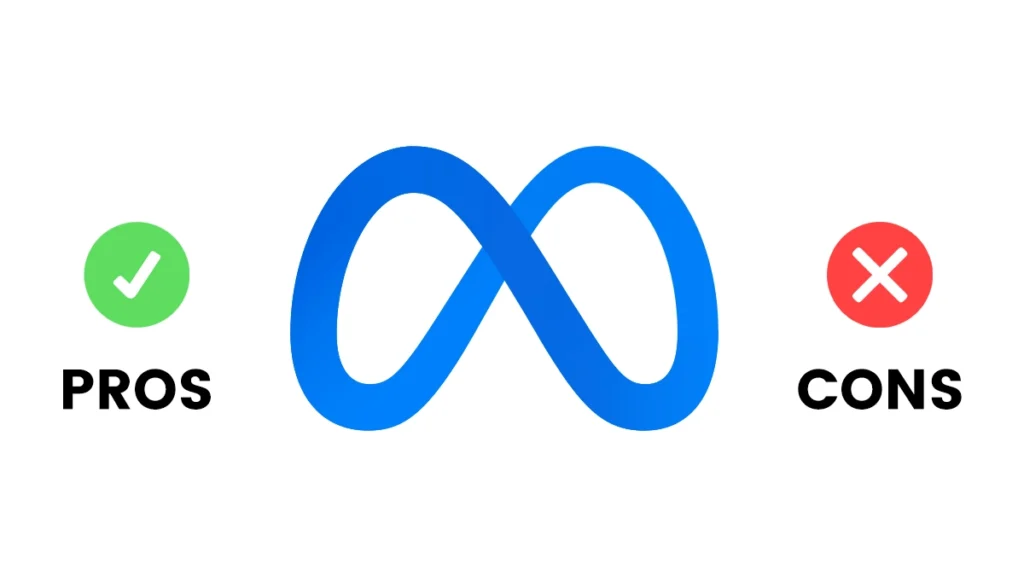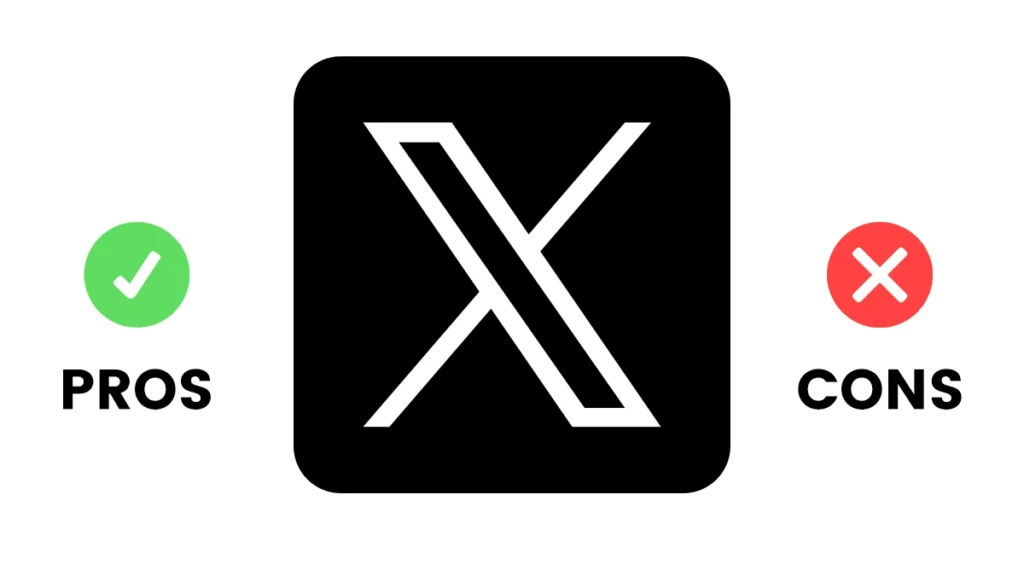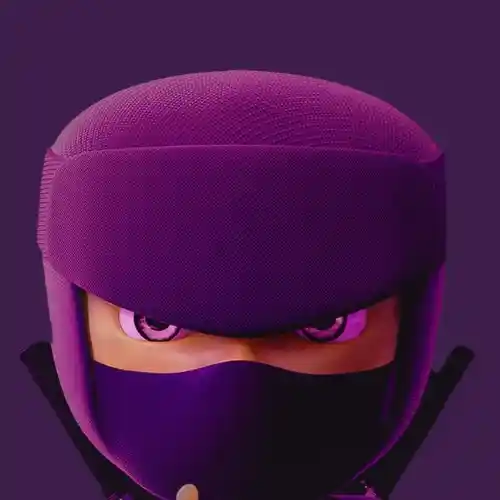Meta’s Threads and Twitter are both microblogging platforms that allow users to share short messages with their followers. In a landscape where platforms vie for attention like gladiators, two giants emerge – Meta’s Threads and the ever-popular Twitter.
It’s like watching a clash of titans, where every click and keystroke matters. It’s like a digital game where two titans lock horns in a battle for supremacy.
Each has its own unique set of features and a massive user base, but they cater to different aspects of online communication and engagement.
The Basics: What Are Meta’s Threads and Twitter?
Meta, formerly known as Facebook, is a tech conglomerate that encompasses various social media platforms, including Facebook, Instagram, WhatsApp, and more. Meta’s Threads is a new feature that was introduced to the Facebook platform, designed to facilitate longer, more focused discussions within a group or community.
Twitter, on the other hand, is a standalone platform that is all about microblogging and real-time updates. It allows users to share thoughts, links, images, and videos in short bursts of 280 characters or less.
Threaded Conversations: Meta’s Threads
Meta’s Threads feature is all about facilitating threaded conversations within a group or community. In essence, it allows users to create multiple replies within a single post, creating a structured conversation. This is particularly useful for in-depth discussions, where various subtopics and responses can be neatly organized.
Threads offer an excellent way to keep track of a discussion, as you can easily follow the main post and its responses. It’s like reading a book, with chapters neatly arranged for your understanding. This feature is particularly beneficial for groups, forums, or pages dedicated to specific topics, where the discussion can become quite lengthy.
Brevity and Real-Time Updates: Twitter
Twitter, in contrast, has made a name for itself with its short and snappy format. The character limit for tweets, which was initially 140 characters but has since been expanded to 280 characters, encourages users to be concise and to the point. This brevity is Twitter’s hallmark, making it a platform where news, updates, and thoughts are shared in real-time.
Twitter is the go-to platform for breaking news, trending topics, and quick interactions. It’s where you can get updates on current events, engage with celebrities, and follow your favorite brands. The fast-paced nature of Twitter can be exciting, but it might not be the best platform for in-depth, long-form discussions.
Privacy and Content Control: Meta’s Threads
Meta puts a strong emphasis on user privacy and content control. Threads within a community or group offer a more controlled environment where the group admin can moderate discussions and set specific rules. Users can also report or block other members to ensure a safe and respectful environment.
This focus on privacy and content control is valuable for those who want to engage in discussions without the noise and negativity often associated with public social media platforms. It’s like having a cozy, well-moderated living room conversation with friends.
Public Nature: Twitter
Twitter, in contrast, is more public by default. Your tweets are typically visible to anyone unless you choose to protect your account or make your tweets private. While this openness can be a powerful tool for getting your message across and building a public persona, it also means that conversations can quickly devolve into public debates, sometimes with unwanted or negative engagement.
Twitter does provide some control options, such as blocking and muting users, but it’s generally less private compared to Meta’s Threads. Your tweets can be retweeted, replied to, and seen by a vast global audience.
Rich Media and Visuals: Twitter
Twitter is known for its support of various media types. You can easily attach images, videos, GIFs, and links to your tweets. This makes Twitter an excellent platform for visual storytelling and sharing multimedia content.
It’s a great place for sharing memes, viral videos, and engaging with eye-catching visuals. The integration of media into tweets allows for a more dynamic and visually appealing experience.
Text-Centric: Meta’s Threads
Meta’s Threads, while accommodating of various media types like images, videos, and links, is primarily text-centric. The focus here is on fostering in-depth, text-based discussions. It’s a place where you can share articles, write thoughtful essays, and have textual conversations.
If you’re looking for a platform that encourages longer, text-based conversations with the option to include media, Threads is a great choice. It’s a space where your words can truly take center stage.
Monetization: Twitter
Twitter has implemented various monetization options for users, including the ability to earn money through ads, sponsored tweets, and other promotional content. Influencers and businesses often use Twitter as a platform to promote their products and services and generate revenue through sponsored partnerships.
This monetization aspect is a significant draw for influencers and content creators, as they can leverage their Twitter presence to generate income.
Community Building: Meta’s Threads
Meta’s Threads are ideal for community building. If you’re passionate about a specific topic or have a group of like-minded individuals, Threads can help foster a sense of belonging and allow for focused discussions. It’s a place to build strong, niche communities.
Meta’s platform, in general, is designed to help people connect with friends and like-minded individuals, making it a hub for online socialization and community development.
Threads Pros
- Focused on personal sharing.
- Posts are limited to 500 characters, which can help you to be more concise.
- Posts are organized into threads, which can make it easier to follow a conversation.
- Only available to Instagram users, which can create a more intimate community.
Threads Cons
- Does not have as many features as Twitter.
- Not as widely used as Twitter.
- Only available on mobile devices.

Twitter Pros
- Widely used platform with a large audience.
- Has a variety of features, such as hashtags, polls, Fleets, and DMs.
- Can be accessed from any device.
Twitter Cons
- Can be overwhelming for new users.
- Can be used for trolling and harassment.
- Not as focused on personal sharing as Threads.

To sum it up, Meta’s Threads and Twitter are two different beasts in the world of social media. Meta’s Threads is all about fostering in-depth, structured conversations within communities or groups. It prioritizes privacy, content control, and text-centric discussions, making it an excellent choice for community building and long-form conversations.
Twitter, on the other hand, excels at real-time updates, short and snappy interactions, and sharing a wide range of media content. It’s a more public platform, and its focus on brevity makes it ideal for quickly sharing thoughts and staying updated on trending topics.
The choice between Meta’s Threads and Twitter ultimately depends on your needs and preferences. If you’re looking for a space to have in-depth discussions within a community, Threads might be the right fit for you. If you prefer real-time updates, short and snappy conversations, and a more public platform, Twitter is the way to go.
Both platforms have their strengths and cater to different aspects of online communication, ensuring that there’s a place for everyone in the ever-expanding world of social media. Whether you’re a fan of Threads or Twitter, the choice is yours, and it all comes down to what suits your online communication style and goals.
Contact us for social media marketing services.








